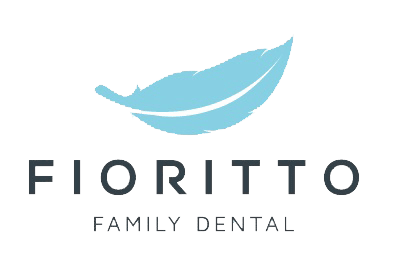Inlays
It’s not uncommon to experience issues with tooth decay throughout the course of life. It’s a rare adult these days who has never had at least a cavity. So you know that when tooth decay rears its ugly head, you have to take action to preserve remaining healthy tissue and prevent further harm.
You’re probably familiar with certain remedies already, including fillings for small cavities or crowns to cover significant damage. Is there an in-between? Dental inlays and onlays are specifically intended to address issues like cracks, chips, and tooth decay that affect an area too large to address with a simple filling, but too small to warrant a crown. Experienced dental professionals like the talented staff at Fioritto Family Dental have the training, experience, and tools to properly fit your dental inlays for optimal outcomes.
What are Dental Inlays?
Dental inlays and onlays are a form of tooth restoration known as indirect restoration. Whereas direct restorations like fillings involve building up a composite or amalgam on the tooth during an office visit, an indirect restoration is created as a solid piece outside the mouth and made to custom fit the tooth so that it can easily be placed on a molar or premolar.
The process of creating inlays and onlays is virtually the same. The difference between these two terms has to do with coverage. Inlays are typically recommended for covering tooth surface damage between cusps, while an onlay is slightly larger in scope and is used to cover a surface that has damage to one or more cusps. If too much surface area is compromised, a crown may be required.
Inlays are commonly fabricated in gold, porcelain, or ceramic materials, but new techniques and technologies are emerging. Some dental offices can now take “impressions” using 3D technology to scan the surfaces of teeth, and even 3D print inlays in office to fit them in a single appointment.
Benefits of Inlays for Tooth Restoration
Inlays are a practical solution for a couple of different reasons. First, they ensure that you don’t have to get a crown for any amount of damage larger than a filling. You don’t want to lose any more healthy tooth than you have to.
In addition, there are times when using a filling could actually cause additional damage. Your dentist may determine that because of the placement or size of the decay or fracture, a filling would not be sufficient to account for bite force, for example. This is due to the fact that direct restoration materials may shrink slightly during the curing process, leaving miniscule gaps that could nonetheless lead to further damage under the stress of biting and chewing. In such cases, custom fitted inlays are preferable.
Whether you need fillings, crowns, inlays, or onlays to correct dental damage, contact the qualified professionals at Fioritto Family Dental at 440-951-5511 or online to schedule an appointment.

